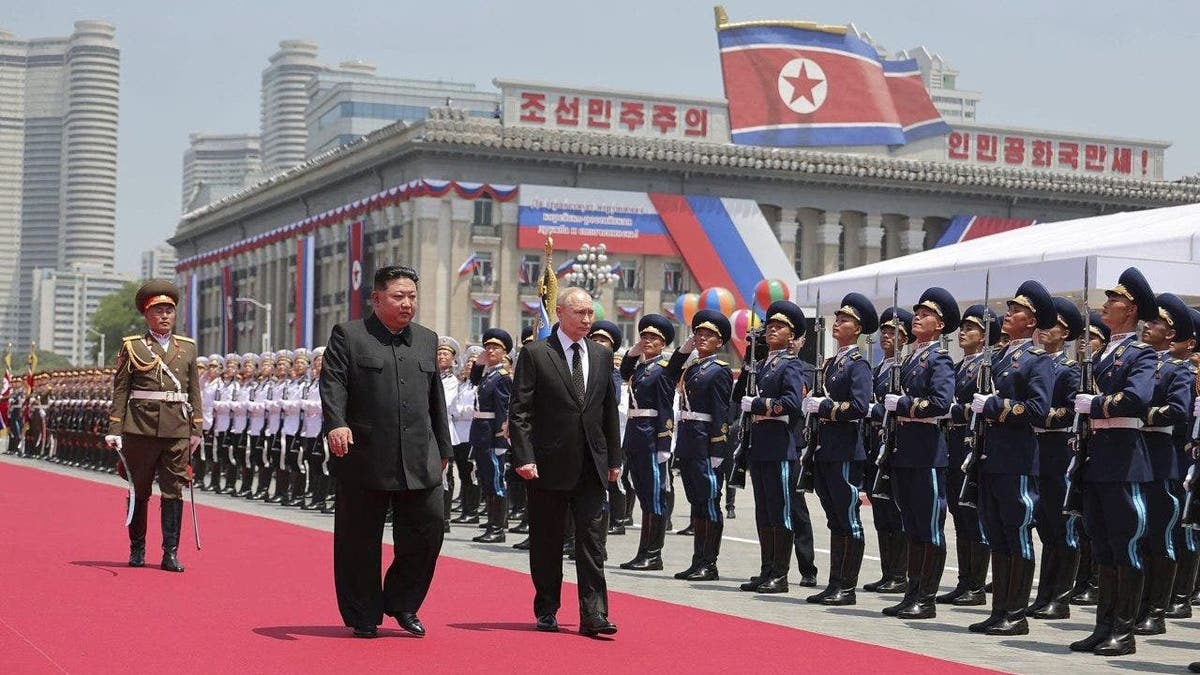The China Factor: Why Foreign Auto Brands Face Headwinds In The Chinese Market

Table of Contents
Intense Domestic Competition
The Chinese automotive industry is experiencing a period of explosive growth, fueled by ambitious domestic brands and a supportive government. This intense domestic competition creates a significant "China Factor" challenge for foreign entrants.
Rise of Chinese Automakers
The rise of Chinese automakers like BYD, Geely, and NIO is undeniable. These brands are rapidly gaining market share, not just through aggressive pricing but also by developing technologically advanced and appealing vehicles.
- BYD: Dominant in electric vehicles (EVs) with innovative blade batteries and a wide range of models, aggressively challenging Tesla's market position.
- Geely: Owns Volvo and leverages global technology, offering a diverse portfolio competing across various vehicle segments.
- NIO: Known for its premium EVs, battery-swap technology, and strong customer service, carving a niche in the luxury EV market.
These brands benefit from significant government support, including subsidies, preferential lending, and access to advanced technologies, making them formidable competitors for foreign brands. Direct model comparisons highlight this: a Geely Xingyue L offers comparable features to many European SUVs at a significantly lower price point.
Price Wars and Market Saturation
The Chinese auto market is fiercely competitive, leading to frequent price wars that impact profit margins. This intense price competition, coupled with market saturation in certain segments, makes it increasingly difficult for foreign brands to achieve desired profitability.
- Price Reductions: Across many segments, significant price reductions are commonplace, eroding profit margins for both domestic and international players.
- Profitability Squeeze: Foreign automakers often find it challenging to maintain profitability in the face of aggressive pricing strategies from Chinese brands.
- Market Segmentation: While some segments remain less saturated, competition is rapidly increasing, even in niche markets.
Navigating Regulatory Hurdles
The regulatory environment in China presents a considerable "China Factor" challenge. Foreign automakers face a complex web of regulations that impact every stage of market entry and operation.
Complex Regulatory Environment
Navigating Chinese regulations requires significant expertise and resources. These regulations cover various aspects, including:
- Import Tariffs: Significant tariffs on imported vehicles increase the cost of entry for foreign brands.
- Emissions Standards: Stringent emissions standards require substantial investment in research and development to meet compliance.
- Safety Regulations: Rigorous safety regulations necessitate extensive testing and certification processes.
- Localization Requirements: Regulations often mandate a certain level of local production, requiring foreign companies to establish manufacturing facilities in China.
Government Policies and Subsidies
Government policies significantly influence the competitive landscape. Subsidies for domestic brands and restrictions on foreign investment often create an uneven playing field.
- Preferential Treatment: Domestic automakers frequently receive preferential treatment in terms of access to resources, funding, and regulatory approvals.
- Foreign Investment Restrictions: Certain restrictions on foreign investment can hinder the expansion plans of international automakers.
Understanding Cultural Nuances and Consumer Preferences
Understanding Chinese consumer preferences and cultural nuances is critical to success. This aspect of the "China Factor" necessitates adapting strategies beyond simple product localization.
Consumer Preferences and Brand Loyalty
Chinese consumers exhibit unique preferences, placing a strong emphasis on technological features, brand reputation, and after-sales service. Building strong brand loyalty presents a significant challenge.
- Technological Advancements: Chinese consumers are early adopters of new technologies, demanding advanced features in their vehicles.
- Brand Perception: A strong brand reputation is essential for success, requiring significant investment in marketing and building consumer trust.
- Localized Marketing: Marketing campaigns must be tailored to resonate with Chinese consumer preferences and cultural values.
The Importance of After-Sales Service and Customer Experience
After-sales service and customer experience play a crucial role in building consumer trust and loyalty. Foreign brands must prioritize these aspects to compete effectively.
- Localized Customer Support: Providing customer support in Mandarin and adapting service models to local preferences is critical.
- Digital Technologies: Leveraging digital technologies to enhance customer experience, such as online service booking and mobile apps, can greatly improve customer satisfaction.
Conclusion
Successfully navigating the Chinese automotive market requires a deep understanding of the "China Factor." The intense domestic competition, complex regulatory environment, and unique cultural nuances present significant challenges. Foreign automakers must develop comprehensive strategies that address these issues to compete effectively and capitalize on the immense potential of this dynamic market. To succeed in the world's largest automotive market, understanding the China factor is not just an advantage – it's a necessity. Dive deeper into the market dynamics and develop a targeted approach to conquer the unique challenges and seize the immense opportunities.

Featured Posts
-
 Kentucky Governor Issues State Of Emergency Due To Heavy Rain And Flood Threat
Apr 29, 2025
Kentucky Governor Issues State Of Emergency Due To Heavy Rain And Flood Threat
Apr 29, 2025 -
 Monte Carlo Masters 2025 Tabilo Stuns Djokovic In Straight Sets
Apr 29, 2025
Monte Carlo Masters 2025 Tabilo Stuns Djokovic In Straight Sets
Apr 29, 2025 -
 Navigating The Chinese Market The Case Of Bmw And Porsche
Apr 29, 2025
Navigating The Chinese Market The Case Of Bmw And Porsche
Apr 29, 2025 -
 Confirmation Of North Korean Troop Deployment To Russia In Ukraine Conflict
Apr 29, 2025
Confirmation Of North Korean Troop Deployment To Russia In Ukraine Conflict
Apr 29, 2025 -
 Tragedy Strikes Canadian Filipino Community Update On Car Ramming Incident
Apr 29, 2025
Tragedy Strikes Canadian Filipino Community Update On Car Ramming Incident
Apr 29, 2025
